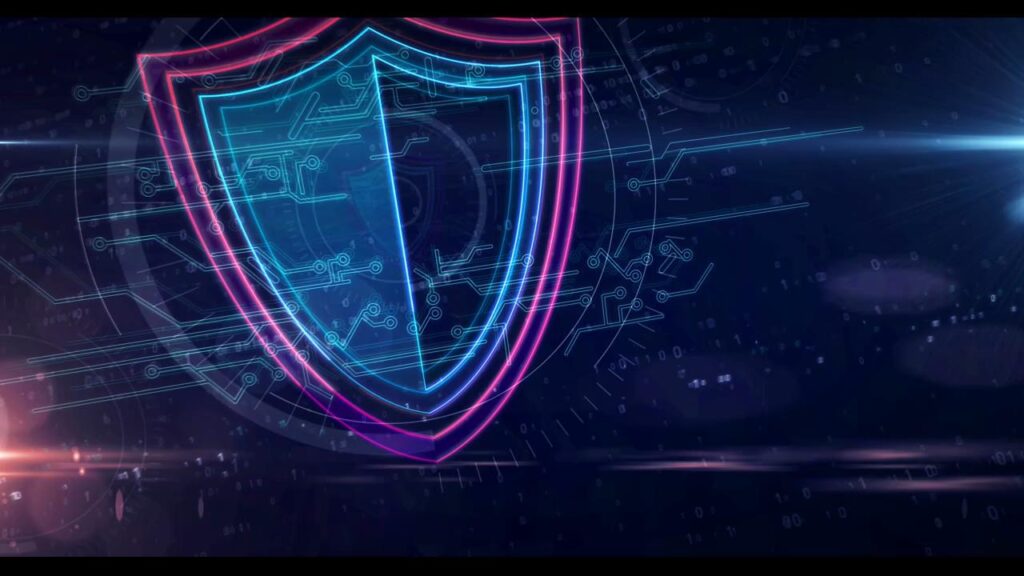Enterprise cybersecurity spending has increased rapidly in the past few years, yet organizations feel less secure. As a result, there is a real need to rethink enterprise cybersecurity architectures by adopting more holistic models of protection.
According to the International Data Corporation’s (IDC) 2020 predictions, by 2024, digital transformation and innovation will take up half of all IT spending. By 2023, digitally transformed enterprises will produce half of the global GDP.
This signals a rapidly growing trend in IT innovation, and it is only wise that cybersecurity transformation accompanies any new evolution of business operations. After all, a business is only as profitable as it is secure; that’s the reality of even non-IT-focused companies today.
More so, we are already witnessing some of the transformative impacts of technology, especially as COVID-19 has forced many businesses to adopt more mobile and distributed workforces. However, it is common knowledge that cybersecurity challenges are dynamic, shifting their nature according to the prevailing technology.
The Cybersecurity Transformation Imperative
Therefore, enterprises cannot afford to stick to old cybersecurity approaches to compete better in the present and future business world. However, the goal is not to abandon the technical controls that have ensured enterprise cyber-protection for years. For instance, what is VPN split tunneling, if not an encryption model protecting your system from compromise? So, while these controls, including firewalls, antivirus software, IPS, etc., remain helpful, they must be integrated into the organization’s overall cybersecurity program instead of functioning in silos.
First, organizations need to approach cybersecurity spending differently. There is ample evidence that higher spending does not guarantee better protection. According to the Accenture State of Cybersecurity Resilience 2021 report, 82% of business leaders claimed their cybersecurity spending has increased relative to 2020. Yet, the average number of attacks per company has risen by 31% since last year.
This is not coincidental. Over the years, the business world has moved from infrastructure-centric to data-centric. Cybersecurity budgets must also reflect this transformation. By focusing on data rather than just infrastructure protection solutions, enterprises can better understand their cybersecurity programs’ actual costs and impact. One significant characteristic of Accenture’s ‘Cyber Champions’ (comprising the most cyber-resilient organizations) is how they protect themselves from data loss.
Maximizing Cyber-Protection
More spending does not guarantee protection because your cybersecurity team can only defend against attacks they can see. However, more real are the unseen attacks, with zero-day attacks leading the way. MIT Technology Review recorded that 66 such attacks have taken place in 2021 alone, the highest in the past decade and almost double the figure for 2020.
In light of these growing attacks, organizations must take a more offensive approach to traditionally defensive cybersecurity. Such active defense is necessary because cyber-threats constantly evolve, creating a need to stay one step ahead continuously.
It brings together a wide array of technologies, including advanced analytics, big data and machine learning, to uncover hidden threats in the mass of data collected from hundreds of thousands of systems. It uses a combination of human analysts and automated systems to scan, detect and respond to emerging threats continuously. Essentially, active defense means focusing on every potential avenue of attack before it becomes dangerous.
It is, however, critical to note that the strength of an active defense model is a comprehensive, continuous measurement of cyber-risks and security awareness. This requires cyber-risk quantification (CRQ), which has been defined as “a new way of looking at risk, considering the technical aspects and relating risk to the business by tracking metrics.”
Organizations must start with a good baseline assessment of their current state and threat profile, then define a strategy for improvement through metrics. With quantification comes understanding, which can help organizations put the defense in place against cyber-attacks and build strategies for protecting their most valuable assets – their data, intellectual property, reputation and bottom line.
By quantifying the probability and impact of potential incidents, you can channel your best efforts (financial power and active defense) towards the most pressing challenges. In the end, cybersecurity is business growth-critical.
Clearly, cybersecurity is no longer just about the technology we use but also how to create a culture of cyber-defense within an organization and align its goals with an enterprise’s overall business objectives.
Conclusion
Despite their best efforts, many organizations have begun to feel overwhelmed by the sheer volume of cyber-threats that they face in today’s world. Hackers have become more sophisticated and use increasingly sophisticated methods of breaking through enterprise security. The picture is not all bleak, but it is clear that we need to do much more in the future.
There is an opportunity here for security vendors, independent software vendors and systems integrators to tap into this demand by providing complex threat defense technologies, expertise and training to assist organizations in rethinking their approach to cybersecurity at the enterprise level.







